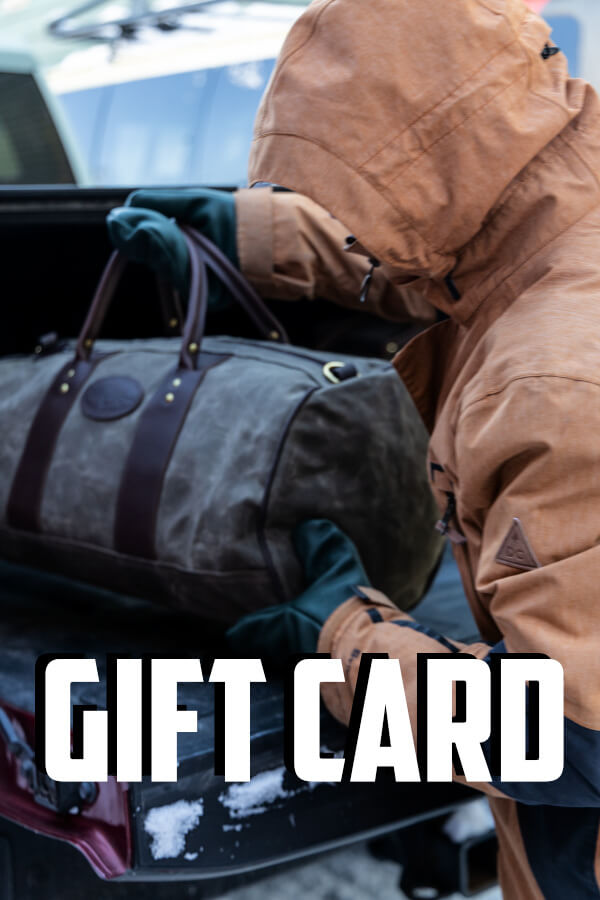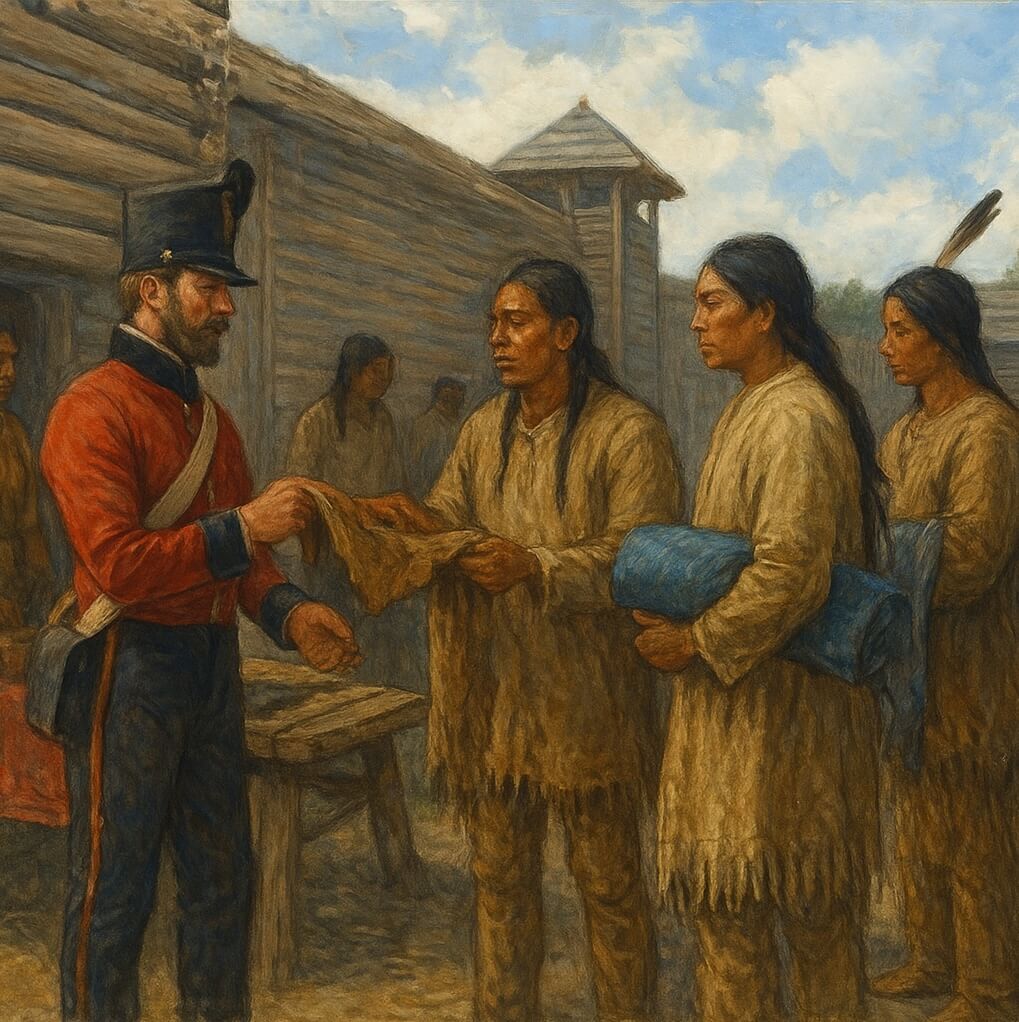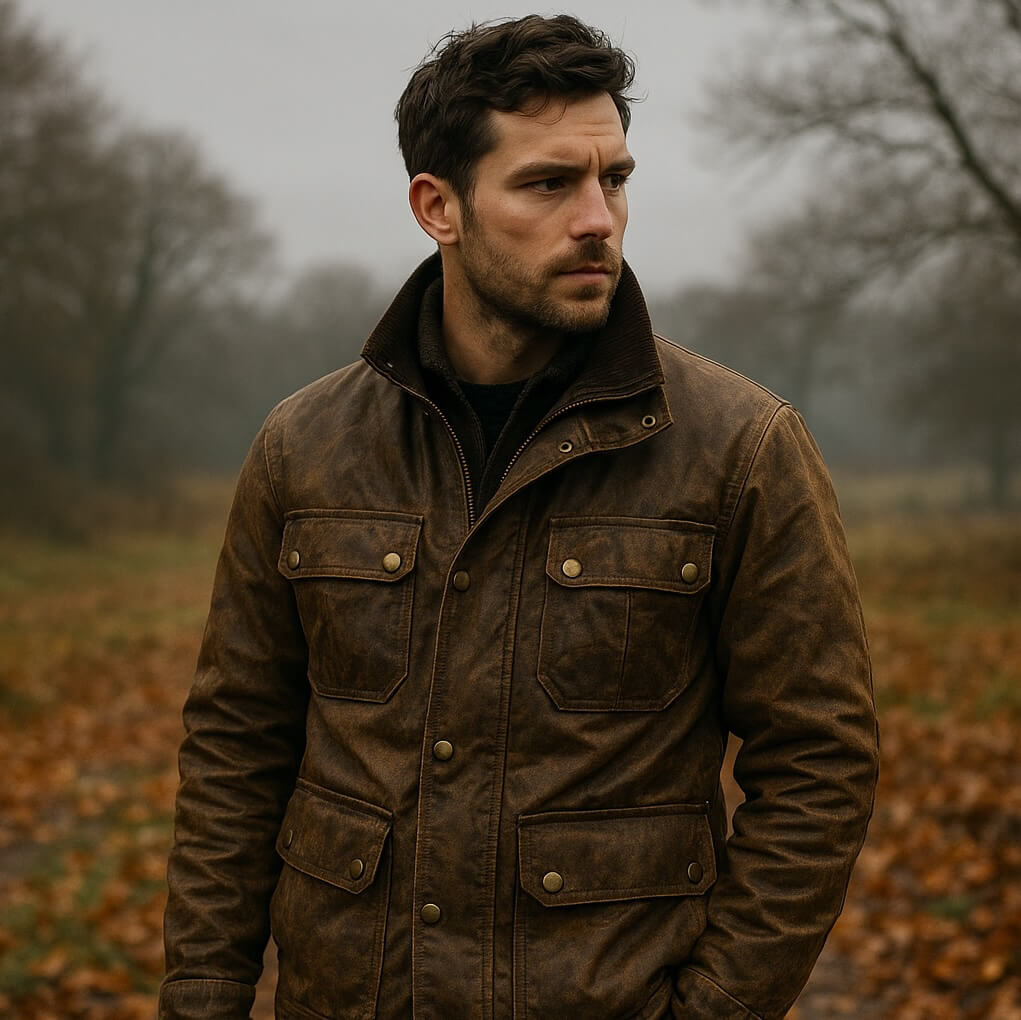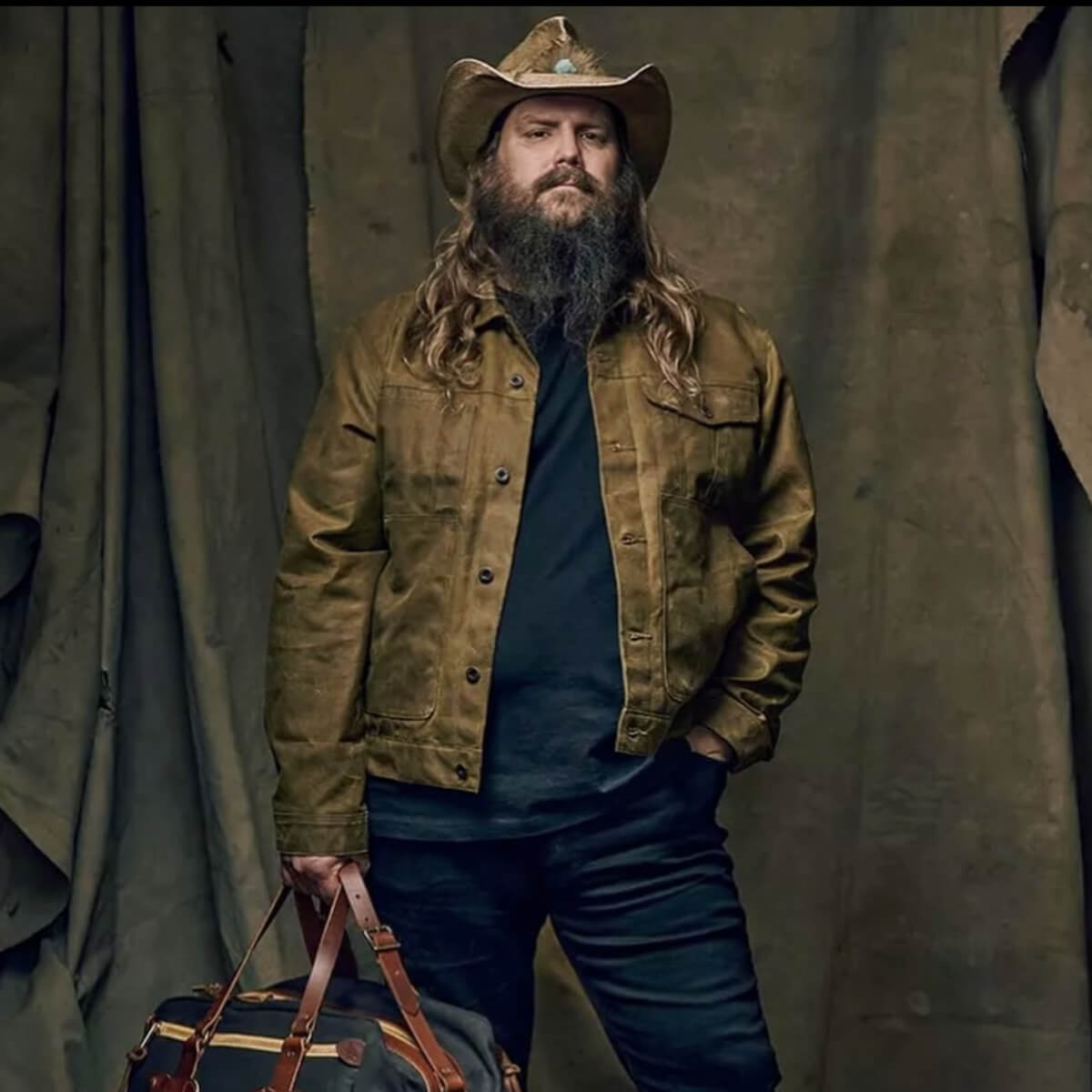Long before the Mackinaw wool coat became a symbol of rugged durability and northern grit, its story began on the frozen edges of the Great Lakes — a meeting place of cultures, commerce, and survival.
In the late 1700s, the Hudson’s Bay Company operated vast trading networks across the upper reaches of North America. One of their key outposts sat near Mackinac Island, a strategic location that linked Lake Huron and Lake Michigan — and, by extension, the fur trade routes between the interior forests and the Atlantic markets. The company’s presence brought European goods into the hands of the region’s Anishinaabe and Ojibwe peoples, who traded pelts, food, and knowledge in return.
Among the items that found their way west were wool blankets, woven from the fleeces of European sheep. To the local tribes, these blankets offered something previously unknown: warmth and weather resistance that could survive the damp, punishing winters of the Great Lakes. Over time, Native makers began to cut and stitch the wool into garments suited for movement and work — practical coats, shawls, and wraps designed for life in the forest.
When the British Army established posts in the region during the War of 1812, they quickly saw the value of these locally adapted designs. Standard-issue uniforms were no match for the biting cold and constant snow of northern Michigan. Soldiers began trading for or commissioning versions of the Native-made wool coats — tailored from Hudson Bay blankets, with short, boxy cuts that allowed freedom of movement while still offering protection from the elements.
The result was the first Mackinaw coat — a hybrid born from necessity and ingenuity, combining British military formality with Indigenous practicality and frontier resourcefulness. Its bold checked patterns, often red and black (buffalo plaid), became an enduring symbol of North Woods resilience.
As the years passed, the Mackinaw’s reputation spread with trappers, loggers, and settlers moving westward. The coat evolved in material and form but never lost its original purpose: to protect the wearer from whatever nature could throw their way.
Today, brands like Stormy Kromer keep that legacy alive, crafting Mackinaw wool garments in Ironwood, Michigan, with the same spirit of durability and respect for the land. Every stitch traces back to that windswept island, those early trade routes, and the partnership between the Hudson’s Bay Company, the Indigenous peoples of the Great Lakes, and the British soldiers who learned from them how to endure.
The Mackinaw isn’t just a coat. It’s a story of survival, craftsmanship, and cultural exchange — one that still defines true outdoor wear two centuries later.
You can see our Mackinaw wool coat collection here






